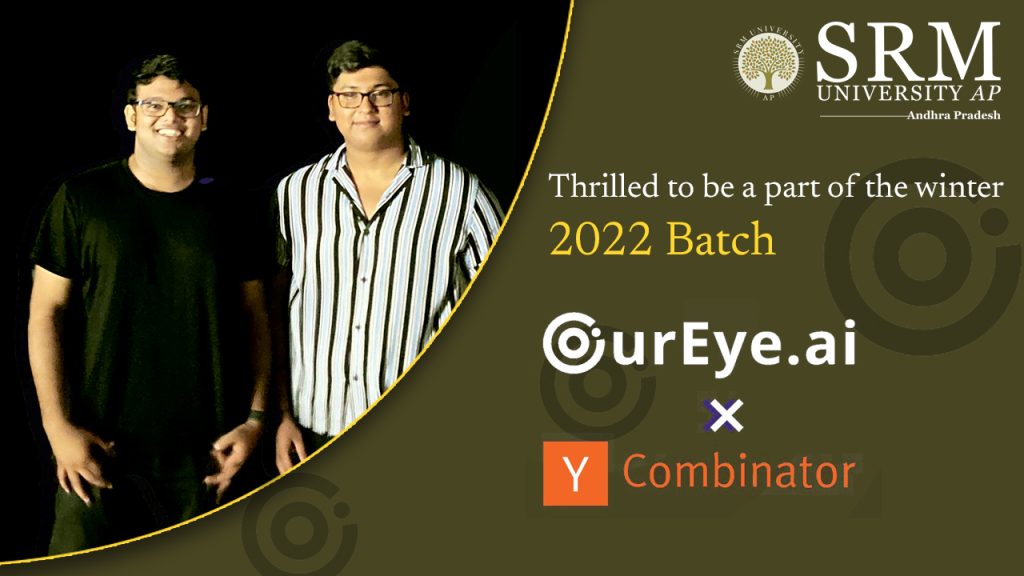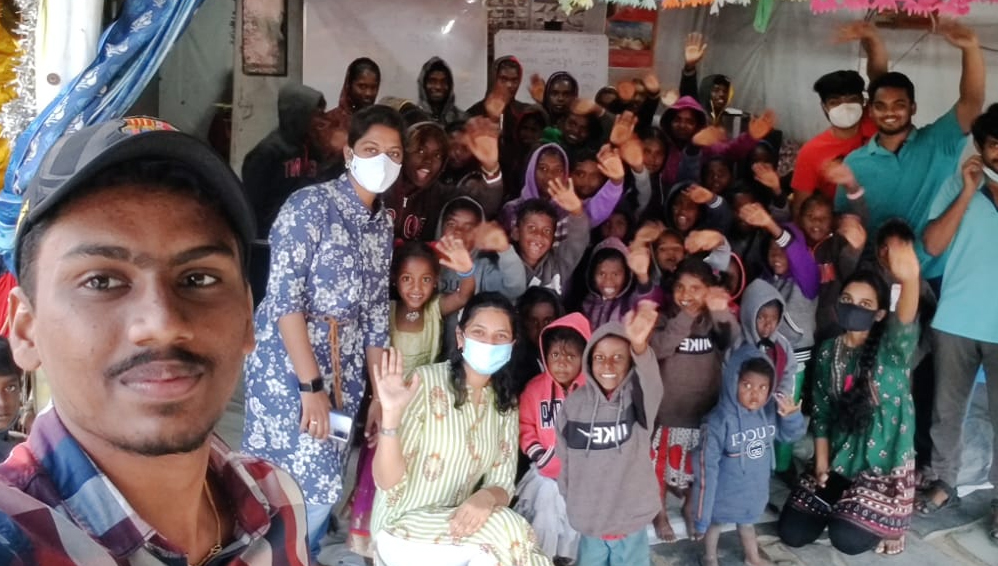Recent News
- Student venture enters global market with $500K investment from Y-Combinator January 23, 2022
 There is nothing more satisfying for a university to see its students achieving their dreams, scaling greater heights. What Sourav Sanyal and Miran Junaidi started as a curious, entrepreneurial adventure during their undergraduate studies has turned out to be a robust business plan attracting investors across the world.
There is nothing more satisfying for a university to see its students achieving their dreams, scaling greater heights. What Sourav Sanyal and Miran Junaidi started as a curious, entrepreneurial adventure during their undergraduate studies has turned out to be a robust business plan attracting investors across the world.OurEye.ai was founded by the duo to provide an automated, end-to-end video intelligence solution for enterprises to monitor surveillance cameras in real-time, leveraging pre-existing CCTV-IP infrastructure. The founders secured an angel investment of $1,20,000 during the initial phase itself from top VC’s and angels in India. On this date, the company has attracted another renowned global accelerator and Investor Y-Combinator with an investment offer of $500K (about INR 3.7 Cr) in OurEye.ai. This remarkable achievement also takes the total amount invested in the company close to $620K (INR 4.7 Cr) in a little more than 12 months since inception. No wonder the duo is celebrating with all their hearts.
Y Combinator (YC) is one of the top American silicon-valley-based startup accelerators that funds the top companies of the world. YC has programmes, resources, and a community that supports founders throughout the company’s life. Airbnb, DoorDash, Stripe, Dropbox, CoinBase, Reddit, Instacart & Ginkgo Bioworks are a few of the prominent unicorns that were part of the past YC collaborations.
“With the beginning of 2022, we embark on a new journey of Bringing Cameras to Life and creating analytics for the offline world with the help of billions of CCTV infrastructure that has existed for over a decade. Now with YC’s support, we wish to do more,” said Miran Junaidi, Co-Founder of the Company.
“It has been the most exciting ride of my life. Starting up with OurEye.ai while in university to graduating a couple of months ago with a major dream come true. We have learnt a lot and learnt it the hard way that ‘Idea isn’t king, execution is’. It has been the best couple of years, and there could not be a better time to start up. After testing and executing the waters on the national market, we are now aiming to expand in the global market and grow at lightspeed.” said Sourav Sanyal, Founder of the Company.
“Y-Combinator picks just about 70 or fewer startups from India over 2 batches every year. This is a major milestone for our students and their startup. Miran and Sourav were extremely passionate about their company from the initial days. That is what motivated the world’s largest startup accelerator to believe in their startup. I am confident that investors and customers around the world will soon reinforce that belief and propel them to unicorn status,” said Dr Sathyanarayanan, President of the University.
“We take immense pride and happiness in our student’s achievements, and this is still just the beginning. I am certain that this milestone will continue to inspire not only our current students but also all the students out there with entrepreneurial ambitions. Here, at SRMAP, our primary focus is to bring out the best among our students, be it research, entrepreneurship or higher studies,” said Prof V S Rao, Vice-chancellor, SRM University-AP.
Continue reading → - Students distribute winter clothing among slum dwellers January 22, 2022
 In a major initiative by the students of SRM University-AP, sweaters were distributed among the poor kids living on the streets of Guntur. Under the initiative, students from the 2018 batch of Computer Science Engineering, Civil Engineering, Mechanical Engineering, Electronics and Communication Engineering, and Management Studies visited slum areas on the roadside near Shri Hospital, Guntur and distributed clothing among 44 kids ranging from 3 to 16 years old.
In a major initiative by the students of SRM University-AP, sweaters were distributed among the poor kids living on the streets of Guntur. Under the initiative, students from the 2018 batch of Computer Science Engineering, Civil Engineering, Mechanical Engineering, Electronics and Communication Engineering, and Management Studies visited slum areas on the roadside near Shri Hospital, Guntur and distributed clothing among 44 kids ranging from 3 to 16 years old.“We know how the families whose sustenance depends on the street have suffered during the pandemic. I am sure these small acts will bring cheers to these families,” said Prof V S Rao– Vice-Chancellor of the university. Prof B V Babu– Dean, School of Engineering and Sciences- highlighted the wonderful gesture saying “I am really glad to see the sensitivities and sensibilities our students have in sharing and giving”. Ms Revathi Balakrishnan– Assistant Director, Student Affairs appreciated the efforts, selfless service and compassion of SRM AP students to the lesser privileged.
Continue reading →

